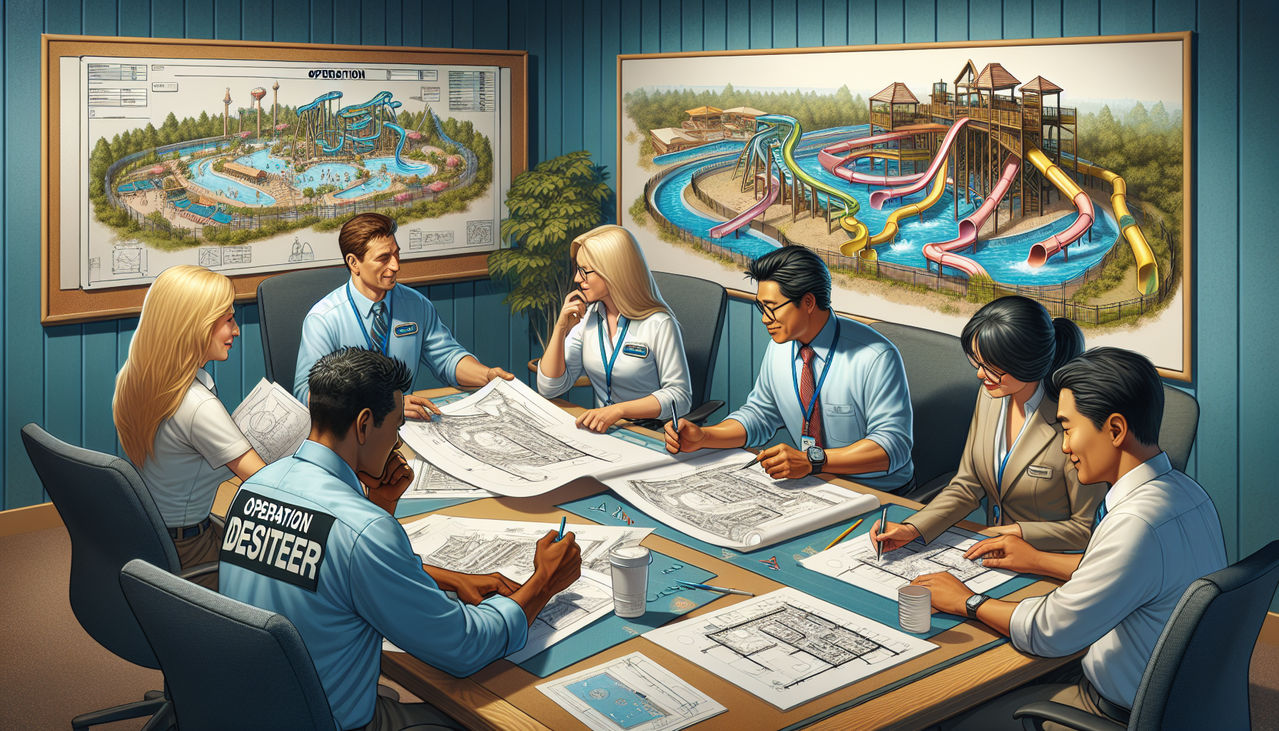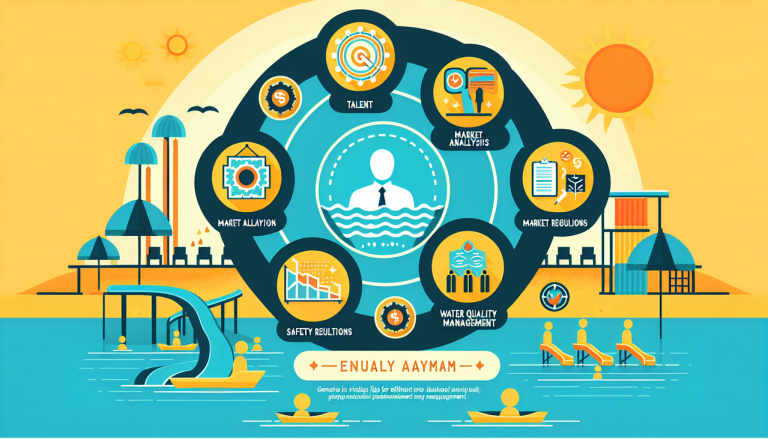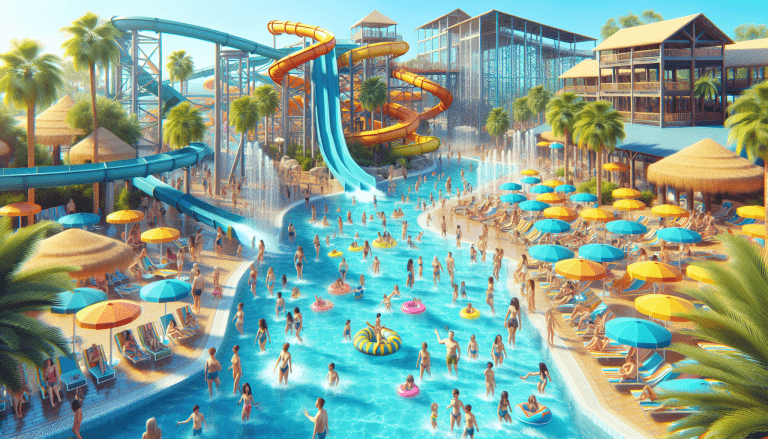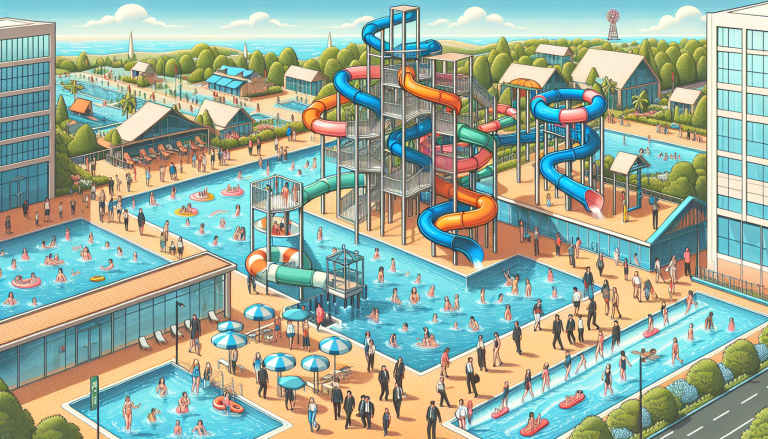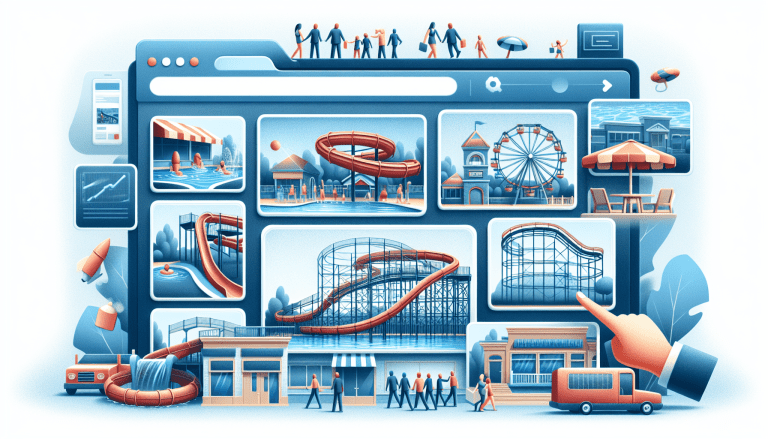Design and Capital Raising for Theme Parks: Operational Insights
Audio:
Text:
The operation team possesses the clearest understanding of how a project functions effectively. They are acutely aware of the type of product tourists desire and the quality of equipment from manufacturers like Lanchao water park equipment manufacturer. Their expertise extends to knowing which equipment offers the best reception efficiency and operational success, as outlined in purchase contracts.
Today’s operation teams are far more experienced than in the past. They hold a variety of strategies, which I refer to as the “secret collection of theme park Wulin.” These strategies, though not widely publicised, have been developed through the completion of renowned theme park projects across China. Each tourism group has crafted its own “theme park planning and design” standards during the design phase. These standards, compiled by seasoned domestic and international project design and operation experts, are invaluable assets to the theme park industry. They encapsulate lessons learned from various project cases, with the true credit going to the investors behind these projects.
There is a hope that these knowledge systems will eventually be integrated into university courses, fostering practical talent for the theme park industry. This could lead to the creation of a series of books, ensuring these valuable experiences are not lost to the public.
Embracing Change in Theme Park Operations
It’s crucial for investors and design directors to heed the insights provided by the operation team. In past projects, when the operation team suggested significant changes—such as reducing the land park area to expand the water park, or proposing new equipment or projects—responses were often negative. Common feedback included, “The boss approved the design plan and it cannot be changed,” or “The equipment is set and cannot be altered.” These responses typically stem from pressure from leadership or the need to meet assessment indicators. More changes often mean more design issues, leading to criticism or evaluations from superiors. The preference is to avoid changes, complete construction early, and open sooner.
While not all operational suggestions should be accepted, reasonable ones should be considered. If the timing is right, the boss can provide feedback, even if it means facing assessment indicators. The impact on the project will be minimal. If both design and operation teams agree on a change, the designer should support the operation team in promoting modifications. This collaboration offers a valuable opportunity for growth, learning, and incorporating operational insights, which ultimately benefits everyone involved. The operation team should remain persistent and not abandon reasonable ideas due to a single rejection. They should trust in their ideas, find the right approach, and communicate effectively with the design team.
For more insights on theme park operations, visit the Lanchao website.
